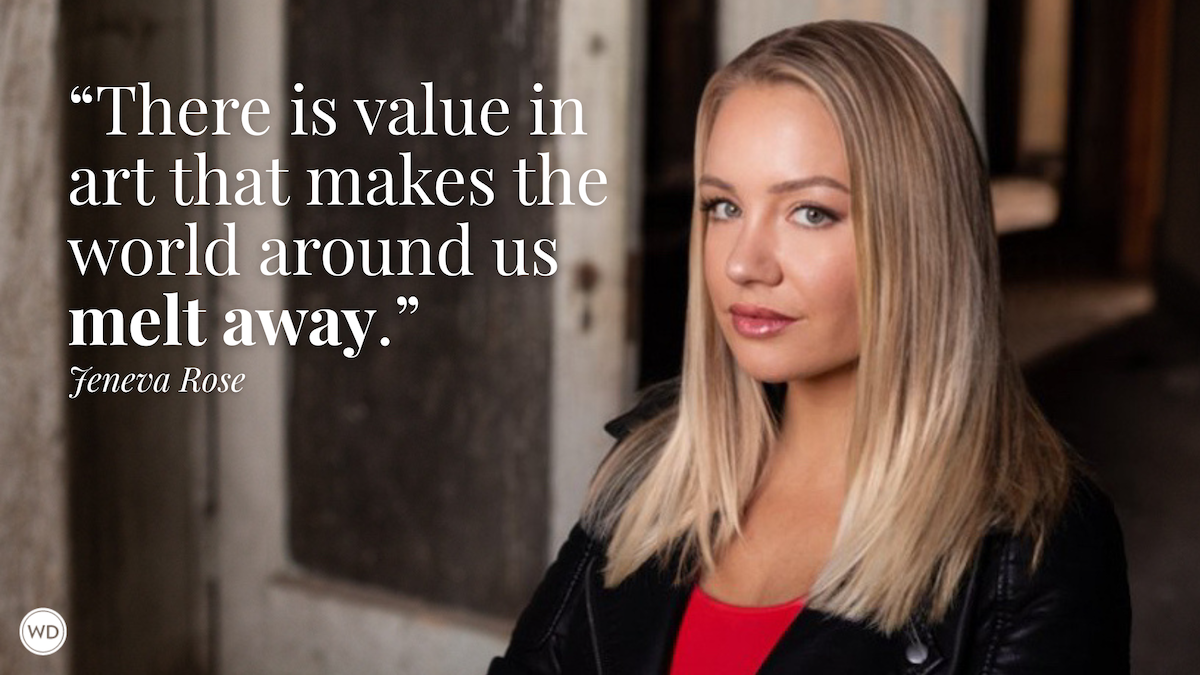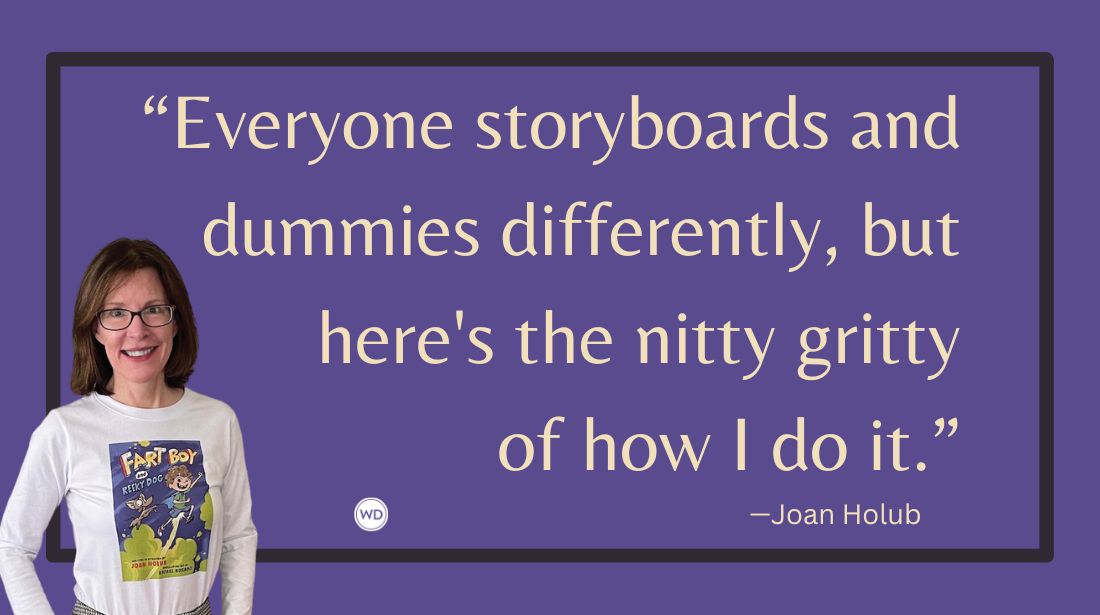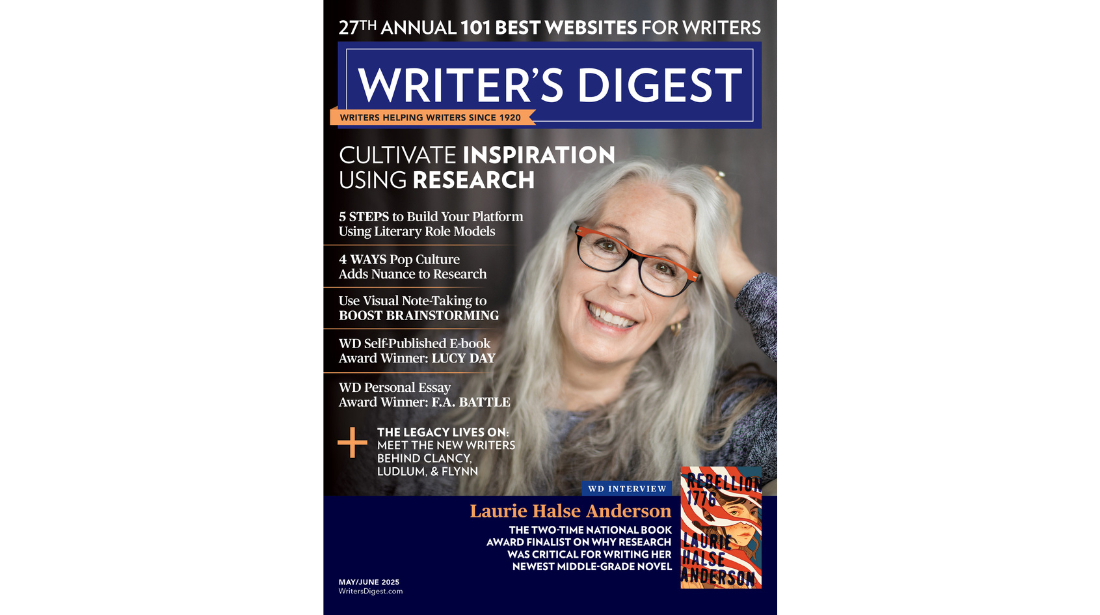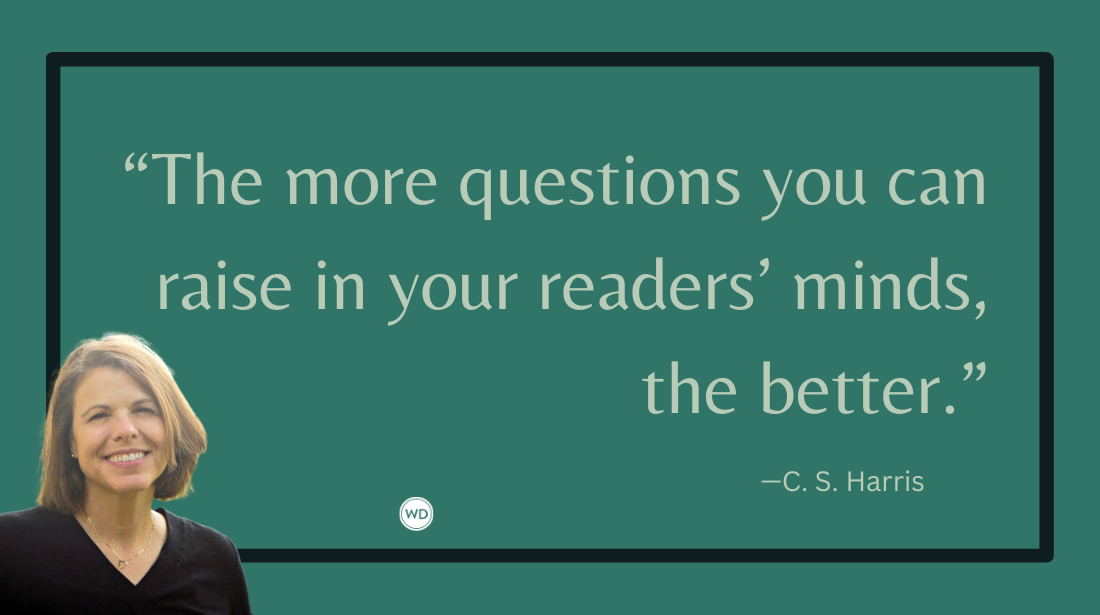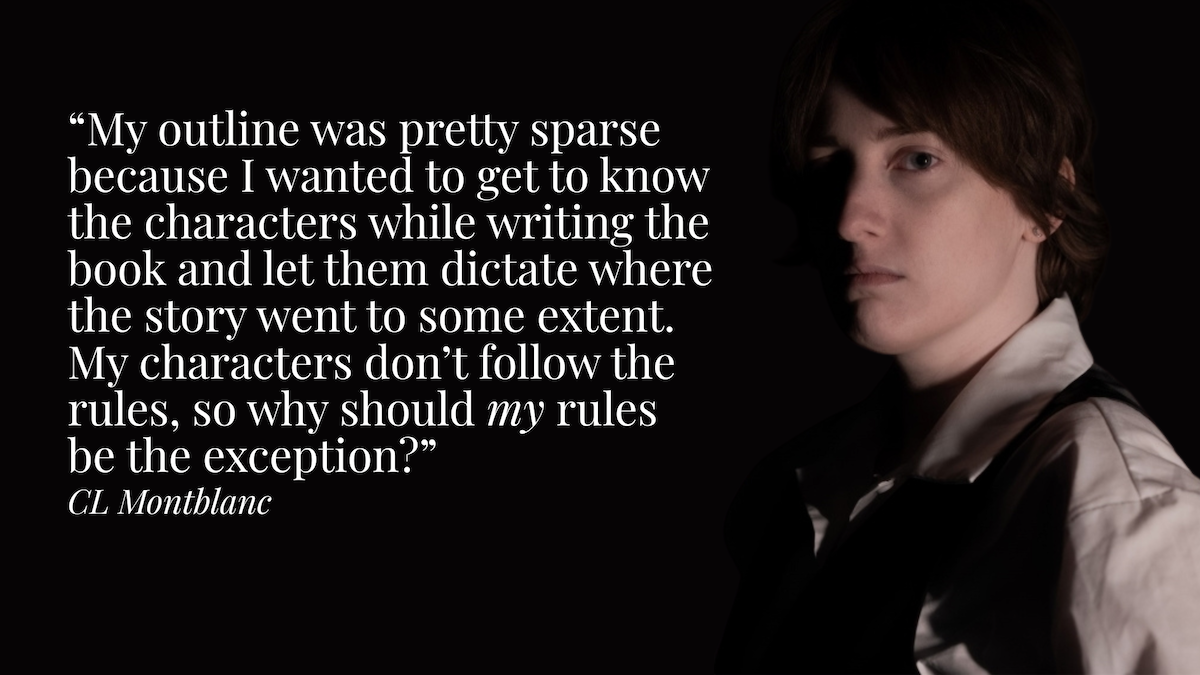7 Ways to Make Your Historical Novel Come Alive
What really makes an historical novel stand out is drawing on the knowledge you’ve gathered to create a world that is both vivid and believable. Here are seven tips for doing just that.
Anyone who’s ever written an historical novel will acknowledge that it involves vast amounts of research: books you use, books you don’t use, hours on the internet, reams of notes. In many ways, though, doing the research is the easy part. What really makes an historical novel stand out is drawing on the knowledge you’ve gathered to create a world that is both vivid and believable. Here are seven tips for doing just that.
Order a copy of Alison Love's The Girl from the Paradise Ballroom.
Amazon
[WD uses affiliate links.]
1. Immerse yourself in the world you’re creating
When it comes to research it helps to think laterally. Yes, start with the obvious history books, but take a wide-eyed, creative approach to other sources, such as fiction or pictures of the period. (The novelist Kim van Alkemade provides an excellent guide to doing this here.) Ideas can come from unexpected places. I’d planned to make Olivia, the title character in The Girl from the Paradise Ballroom, a dressmaker. Then, watching a TV documentary one rainy afternoon, I discovered that the British band leader Victor Silvester had started his career as a paid dance host in London’s ballrooms. That new, small bit of knowledge transformed not just my vision of Olivia, but the novel as a whole.
2. Find authentic voices for your characters
Any novelist has to discover their characters’ voices, but when you’re writing historical fiction there’s the added challenge of ensuring that those voices sound authentic. Obvious 21st century vocabulary grates on the reader’s ear, but then, so can would-be period dialogue: what Cecil B. de Mille, director of The Ten Commandments, scathingly called ‘thees and thous and thums.’ In Wolf Hall¸ her novel about the Tudor courtier Thomas Cromwell, Hilary Mantel’s solution is to use carefully timeless language, with hints of individual voices. The blustering Duke of Norfolk’s conversation is peppered with oaths like ‘by the Mass’ and ‘St Jude give me patience!’, while Anne Boleyn calls Cromwell ‘Cremuel’ in a self-conscious French accent.
3. Believe it – less really is more
In her terrific book on writing, Plot, the late Ansen Dibell warns against having so much fun creating background material you forget to tell a story. The same goes for historical research. It’s tempting to shoehorn everything you’ve discovered into your novel, partly as evidence of your own hard work, partly because it’s interesting, dammit. Some writers do get away with this – Louis de Bernières includes a potted history of post-war Greece in his bestseller, Captain Corelli’s Mandolin – but it’s a high-risk strategy, especially if you’re a novice, and it can drain the narrative energy from your novel. Better to look at the five nuggets of information you’re longing to include, and pick just one. Oh, all right, then: two.
4. What if the truth isn’t credible?
According to Mark Twain (surely the most quotable writer ever, next to Shakespeare and Oscar Wilde): ‘Truth is stranger than fiction, but it is because fiction is obliged to stick to possibilities.’ He’s right. Sometimes what really happened just doesn’t sound plausible, or it’s way too complicated to explain in a novel. When that happens you have a choice. You can guide the reader carefully through the truth, or you can simplify the facts. I found this out while writing The Girl from the Paradise Ballroom. During World War 2 a ship transporting enemy aliens from Britain to Canada was sunk by a German U-boat off the coast of Ireland. Astonishingly, 200 survivors from the wreck were then sent to Australia on another ship, the Dunera, which was also torpedoed but failed to sink. I wanted to weave both events into my story, but I felt that to describe two terrifying voyages would give readers a confusing sense of déjà vu. In the end I chose to sum up the Dunera incident in retrospect, in just a couple of lines.
5. Don’t feel you have to play fair
When you’ve got to know a period of history in depth, it’s easy to think that you have to present all sides of the situation in a fair and unbiased way. You don’t; that’s an historian’s job. Your job is to tell a satisfying story. Of course you want to create three-dimensional main characters, not mouthpieces for propaganda, but you’re allowed to simplify and to exaggerate. Even obvious stereotypes – the sneering official, the steel-eyed Nazi, the brash, red-faced bully – can sometimes help the reader feel at home in your fictional landscape. This simplification is especially useful if you’re depicting real people. In War and Peace Tolstoy doesn’t attempt a balanced portrait of Napoleon: he shows him with an artificial smile and plump white hands, fondling the ears of his favourites while his valet drenches him in eau de cologne.
6. Make your research work in your story
However thorough your research has been, you have to make it work effectively in your story: otherwise it’s just a list of facts and figures. To return to Wolf Hall: one reason for Hilary Mantel’s success is that she draws on her knowledge to evoke what it was really like to live in Tudor England. There’s a scene early on where Cromwell’s disgraced master, Cardinal Wolsey, arrives at a cold, empty house. Cromwell bustles about, organising food, ordering firewood and bed sheets to keep his master warm. Through Mantel’s description we feel we inhabit the neglected house, with its dirty copper pans, its aura of mildew and mouse droppings. Mantel does more than that, though: she shows exactly why a powerful man would want someone like Cromwell in his service. Suddenly Cromwell’s rise through Henry VIII’s court begins to makes sense.
7. Don’t be afraid to use your imagination
When you read British writer Penelope Fitzgerald’s beguiling novel about pre-revolutionary Russia, The Beginning of Spring, you’d swear that she knew Moscow by heart, its streets and shops, its people, its customs. In fact, although she did a vast amount of reading – novels as well as history – she spent a mere two weeks in Russia, on a package holiday in 1975. But she wasn’t afraid to use her imagination. Commenting on the book to fellow novelist Penelope Lively, Fitzgerald wrote: ‘I think in a novel you must be allowed to make up something.’ And in the end that’s what really counts: using your research as a springboard to leap into the unknown, and create a world that may be based on history but is unique to you, and your imagination. Good luck.
Alison Love is a novelist and short story writer. Her debut novel, Mallingford, published in the UK and Germany, was described in The Times as 'the kind of book that reminds one why people still like reading novels', while her second, Serafina, is set amidst the political intrigues of 13th century Amalfi. Her latest novel, The Girl from the Paradise Ballroom, has been published in the UK, the USA and Germany (as Das Lied, das uns trägt). Alison's short stories have appeared in several magazines and anthologies, including the Bristol Short Story Prize Anthology Volume 6.



